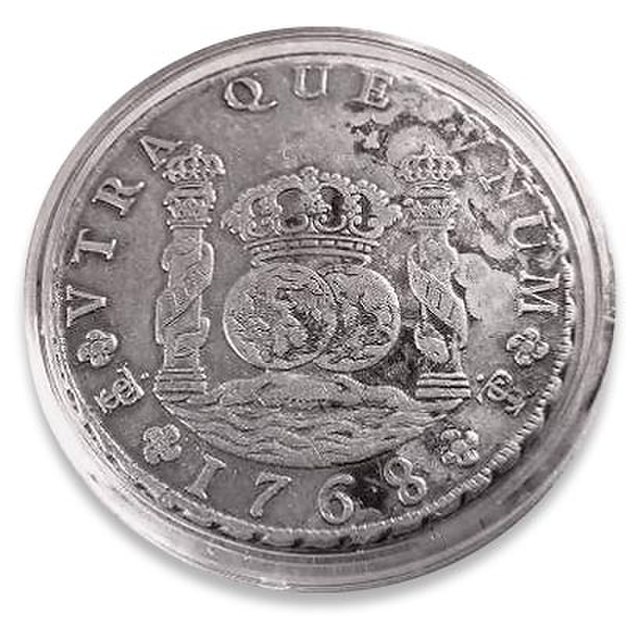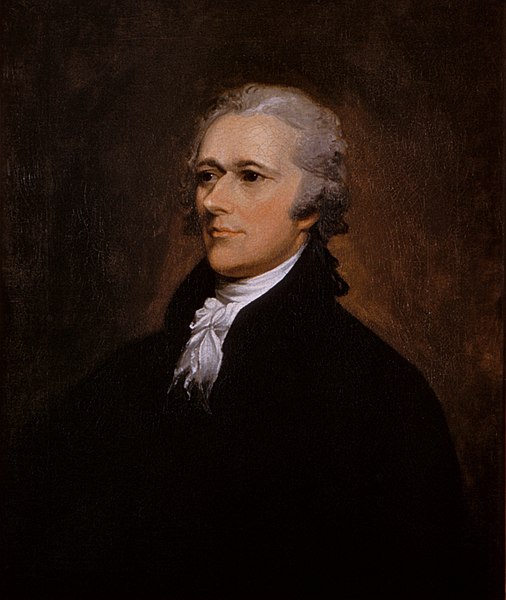United States one-dollar bill
The United States one-dollar bill (US$1), sometimes referred to as a single, has been the lowest value denomination of United States paper currency since the discontinuation of U.S. fractional currency notes in 1876. An image of the first U.S. president (1789–1797), George Washington, based on the Athenaeum Portrait, a 1796 painting by Gilbert Stuart, is currently featured on the obverse, and the Great Seal of the United States is featured on the reverse. The one-dollar bill has the oldest overall design of all U.S. currency currently being produced. The reverse design of the present dollar debuted in 1935, and the obverse in 1963 when it was first issued as a Federal Reserve Note.
Image: US one dollar bill, obverse, series 2009
Image: US one dollar bill, reverse, series 2009
First variant of the $1 bill issued in 1862 as a Legal Tender Note
Series 1880 $1 Legal Tender
The United States dollar is the official currency of the United States and several other countries. The Coinage Act of 1792 introduced the U.S. dollar at par with the Spanish silver dollar, divided it into 100 cents, and authorized the minting of coins denominated in dollars and cents. U.S. banknotes are issued in the form of Federal Reserve Notes, popularly called greenbacks due to their predominantly green color.
Spanish silver eight-real or peso of 1768
Alexander Hamilton finalized the details of the 1792 Coinage Act and the establishment of the U.S. Mint.
Continental one third dollar bill (obverse)
Series of 1917 $1 United States Note








